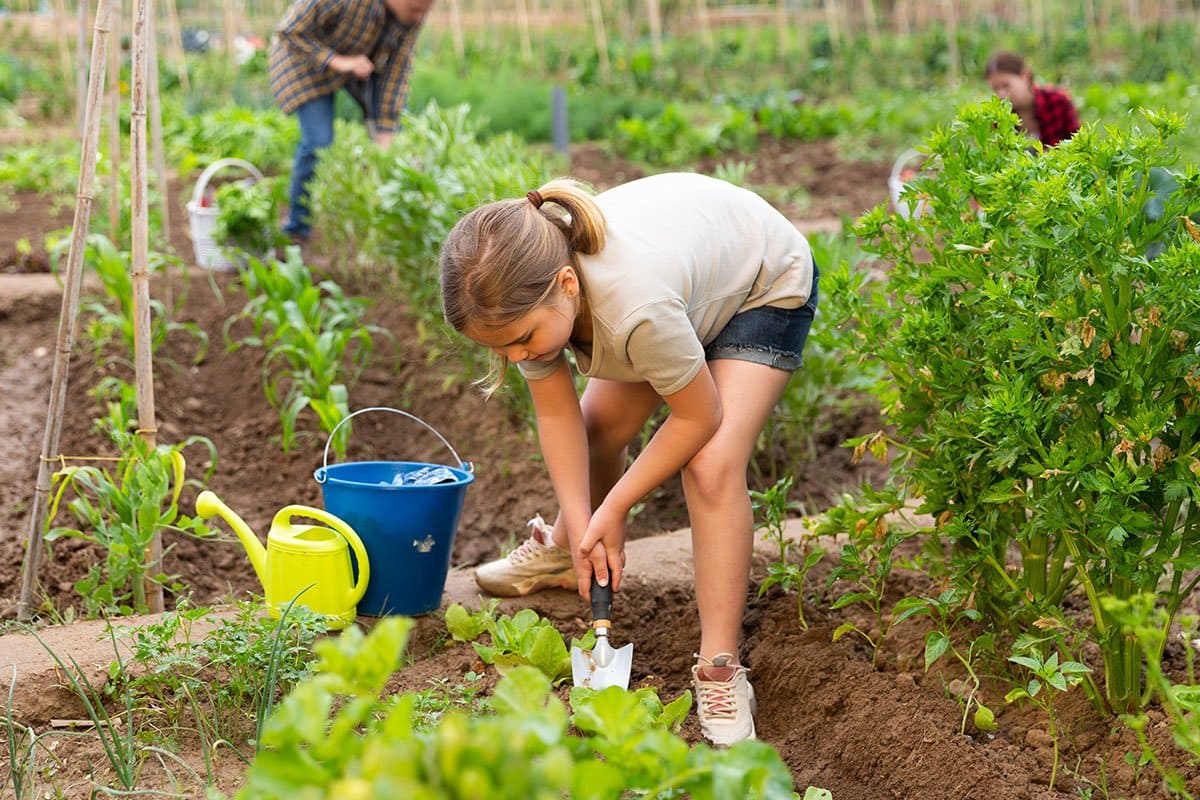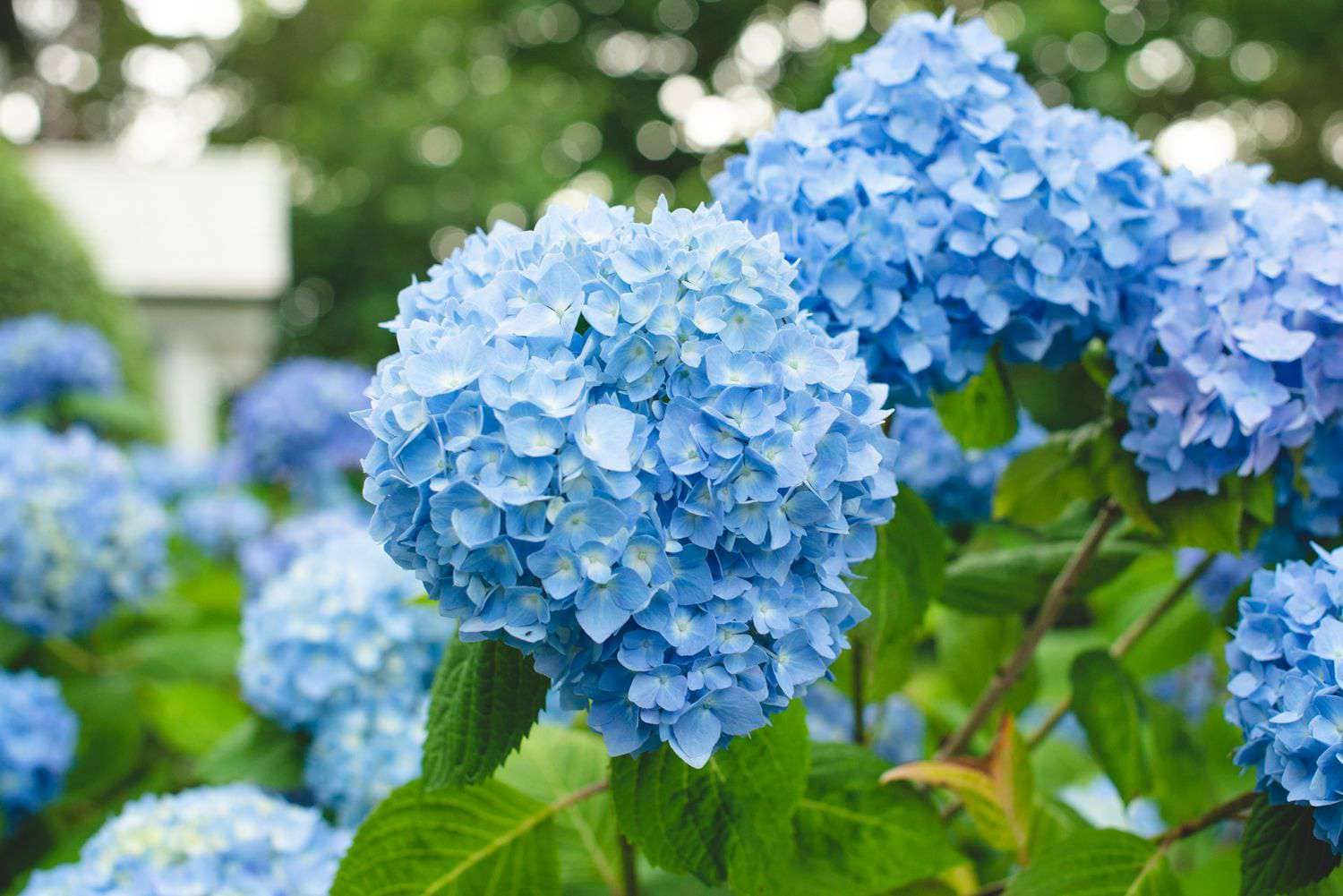Introduction
In today’s fast-paced world, where food security and environmental sustainability are becoming increasingly important, the concept of farm gardens is gaining popularity. Farm gardens, also known as home gardens or kitchen gardens, are small-scale agricultural plots cultivated for household use. In this article, we’ll explore the benefits of farm gardens and provide a comprehensive guide to help you start your own.
Benefits of Farm Gardens
Providing Fresh Produce
One of the most significant advantages of having a farm garden is the ability to grow fresh, organic produce right at your doorstep. By eliminating the need for long-distance transportation and storage, farm gardens ensure that you have access to nutritious fruits and vegetables at their peak freshness.
Promoting Sustainability
Farm gardens promote sustainability by reducing your carbon footprint and reliance on industrial agriculture. By growing your own food, you can minimize the use of harmful pesticides and synthetic fertilizers, thus protecting the environment and preserving biodiversity.
Cost-effectiveness
Growing your own produce can also save you money in the long run. With rising food prices and economic uncertainties, farm gardens offer a cost-effective solution to meet your dietary needs while reducing grocery expenses.
Planning Your Farm Garden
Before you start digging, it’s essential to plan your farm garden carefully. Here are some key considerations:
Selecting the Right Location
Choose a sunny spot with well-drained soil for your farm garden. Avoid areas with heavy shade or poor drainage, as they can hinder plant growth.
Choosing Suitable Crops
Select crops that are well-suited to your climate and growing conditions. Consider factors such as temperature, rainfall, and soil type when choosing what to plant in your farm garden.
Designing the Layout
Plan the layout of your farm garden to maximize space and optimize plant growth. Consider companion planting and crop rotation to improve soil fertility and prevent pest infestations.
Preparing the Soil
Good soil is the foundation of a successful farm garden. Here’s how to prepare it:
Soil Testing and Amendments
Test your soil to determine its pH level and nutrient content. Based on the results, amend the soil with organic matter, such as compost or aged manure, to improve its structure and fertility.
Composting
Start a compost pile to recycle organic waste and create nutrient-rich compost for your farm garden. Compost adds essential nutrients to the soil and improves its water-holding capacity.
Mulching
Mulching helps conserve soil moisture, suppress weeds, and regulate soil temperature. Use organic mulches, such as straw or wood chips, to cover the soil around your plants.
Planting Your Farm Garden
Now that your soil is ready, it’s time to start planting. Follow these steps for a successful planting process:
Seed Selection
Choose high-quality seeds from reputable sources for best results. Consider factors such as germination rate, disease resistance, and maturity time when selecting seeds for your farm garden.
Proper Planting Techniques
Plant your seeds or seedlings at the appropriate depth and spacing according to the instructions on the seed packet. Water the newly planted seeds thoroughly and provide adequate support for climbing plants.
Watering and Fertilizing
Water your farm garden regularly, especially during dry periods, to ensure adequate moisture for plant growth. Apply organic fertilizers, such as compost tea or fish emulsion, to provide essential nutrients to your plants.
Maintenance and Care
Once your farm garden is established, it requires regular maintenance to thrive. Here are some tips for caring for your garden:
Weed Control
Keep weeds in check by regularly hand-weeding or mulching your farm garden. Mulches not only suppress weed growth but also help retain soil moisture and regulate soil temperature.
Pest Management
Monitor your farm garden for signs of pests and take appropriate measures to control them. Use natural pest deterrents, such as companion planting or beneficial insects, to minimize pest damage.
Disease Prevention
Prevent common plant diseases by practicing good sanitation and crop rotation in your farm garden. Remove and destroy infected plants promptly to prevent the spread of disease to healthy plants.
Harvesting and Enjoying the Fruits of Your Labor
The best part of having a farm garden is harvesting and enjoying the fresh produce. Here’s how to make the most of your harvest:
Harvesting Techniques
Harvest fruits and vegetables at their peak ripeness for the best flavor and nutritional value. Use sharp pruners or scissors to avoid damaging the plants and store harvested produce in a cool, dry place.
Storage and Preservation
Store excess produce in a root cellar, pantry, or refrigerator to prolong its shelf life. You can also preserve fruits and vegetables through methods such as canning, freezing, or drying for year-round enjoyment.
Enjoying Your Homegrown Produce
There’s nothing quite like the satisfaction of eating food you’ve grown yourself. Whether it’s a crisp salad, juicy tomatoes, or sweet berries, savor the flavors of your farm garden and share the bounty with family and friends.
Conclusion
In conclusion, farm gardens offer a host of benefits, from providing fresh produce to promoting sustainability and saving money. By following the tips outlined in this article, you can start your own farm garden and enjoy the joys of growing your own food.
FAQs (Frequently Asked Questions)
- How much space do I need for a farm garden?
- Farm gardens can vary in size depending on your available space and gardening goals. Even a small plot or container garden can yield a bountiful harvest.
- What are some easy-to-grow crops for beginners?
- Beginner-friendly crops include tomatoes, lettuce, herbs, and radishes. These plants are relatively low-maintenance and can be grown in a variety of climates.
- How often should I water my farm garden?
- The frequency of watering depends on factors such as weather conditions, soil type, and plant needs. Generally, aim to keep the soil evenly moist but not waterlogged.
- How can I prevent pests and diseases in my farm garden?
- Practices such as crop rotation, companion planting, and good sanitation can help minimize pest and disease problems in your farm garden. Regular monitoring and
- Do I need special equipment to start a farm garden?
- While specialized gardening tools can be helpful, they’re not strictly necessary. Basic tools like a shovel, hoe, and watering can are sufficient for most farm gardening tasks. You can gradually invest in additional equipment as your garden grows.
Conclusion
Embarking on the journey of creating your own farm garden is not only rewarding but also environmentally conscious and economically savvy. By harnessing the power of nature and your own efforts, you can cultivate a vibrant oasis of fresh produce right in your backyard or balcony. Remember to plan thoughtfully, tend diligently, and enjoy the fruits of your labor with gratitude.





